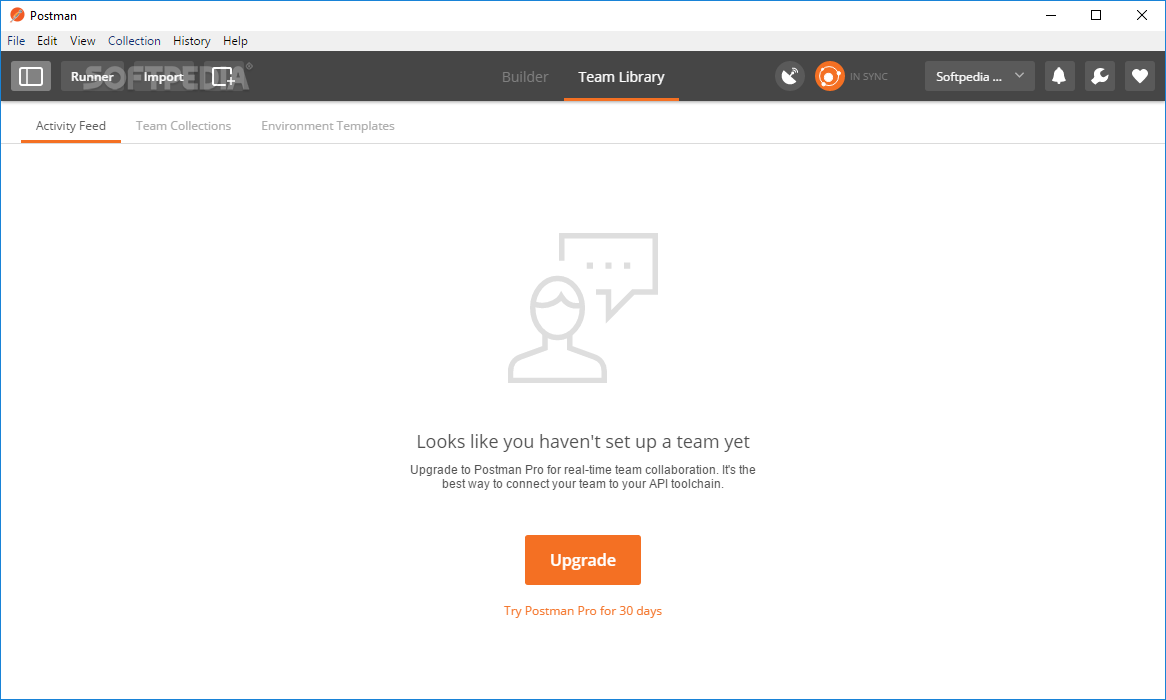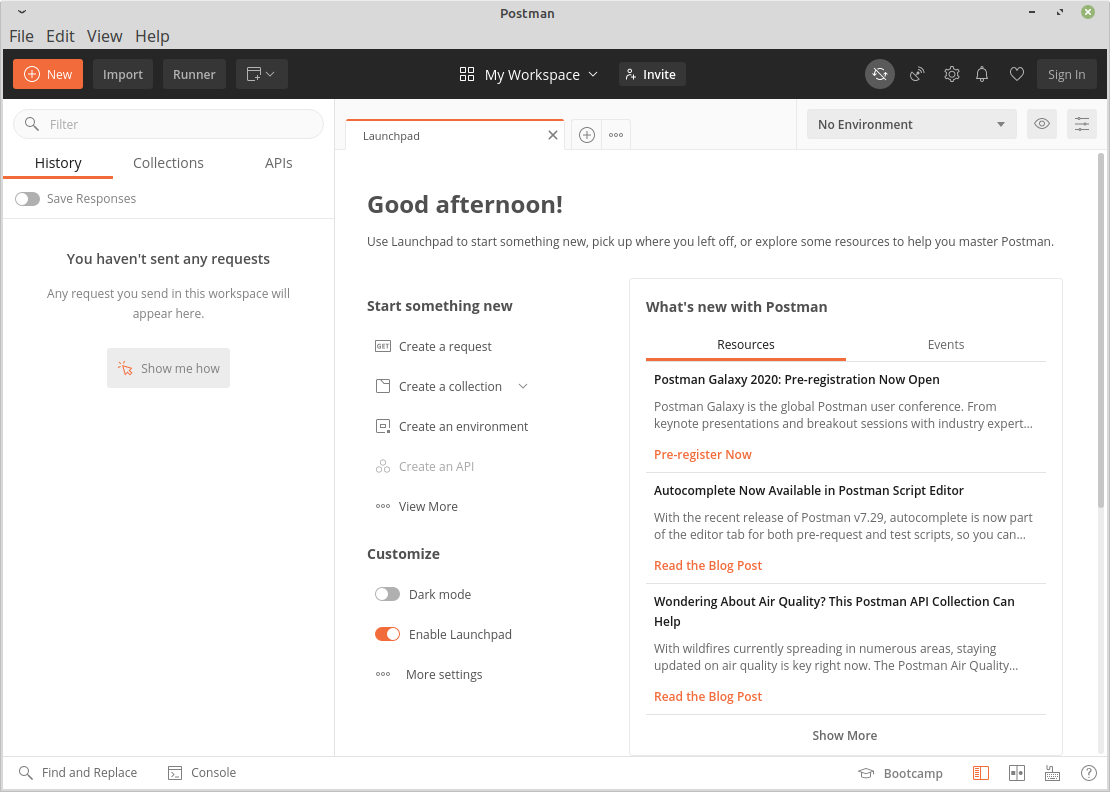


With the example backend running at localhost:4000, open the Postman App. Now, this simple server should be running at Next, we’ll see how to interact with this server using Postman. To start the server, run node server.js from inside the example_backend directory.Run npm install from inside the example_backend directory to install all of the project’s dependencies.If the npm command is not found, you should follow these steps to install Node.

If you see a version number, you have Node. To check, you can run npm -v on your command line. Navigate into the directory through your command line (use cd example_backend from whichever directory you unzipped it into).Download the example backend directory here.For now, we only have the GET and POST requests set up.įollow these steps to get the example backend set up: Each user has only a username (String) and a password (String). This backend uses a SQLite database to store users. We have created a simple backend that you can interact with to get comfortable with making HTTP requests. Choose the package for your operating system, and then unzip it to install. You can download the App for free at Get Postman. Everything you can do in Postman you can also do through the command line, but Postman makes the process quicker and easier by providing a clean interface and powerful set of tools. xls file, you can try the following code to handle downloading: public static boolean download(final File output, final String source) Īll you should need to do is set the proper name for the auth token and fill it in.Įxample usage: download(new File("C:\\output.Postman is a GUI that aids in the development of APIs by making it easy to test requests and their responses in an organized way. If the endpoint really is a direct link to the.


 0 kommentar(er)
0 kommentar(er)
